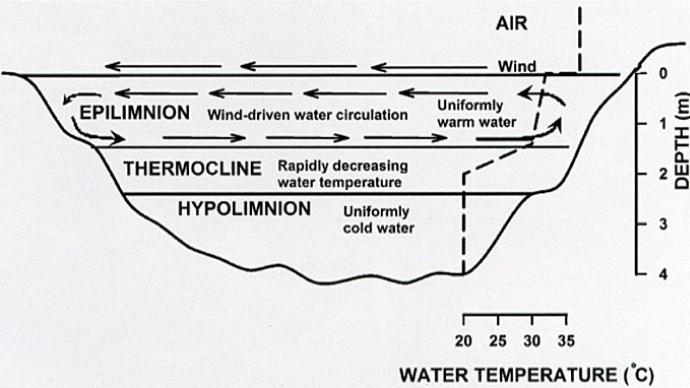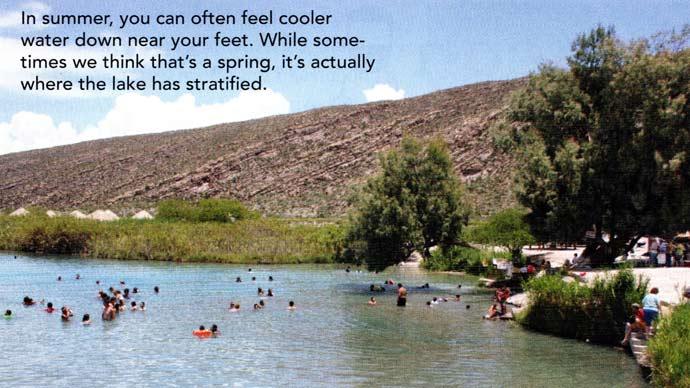
To be better caretakers of our resources, we need to understand natural cycles. There are seasonal cycles, life cycles, biological cycles, chemical cycles, and others we don't ever think about. Changing seasons influence all cycles. That's primarily due to temperature and photoperiod shifts.
To further understand how these cycles work, we have to wrap our brains around another truth of the natural realm. Most consequences are reactions to some stimulus. Essentially, our pond's life is a response, not a cause. We create the stimulus, either by choice or by accident.
Remember that. Think about it as you make management decisions. Marry the "cycles" concepts with the cause and effect of your decisions (or lack of decisions) and you'll have a deeper understanding how things work in, around, and under your water.
And, why your pond is as it is.
Gotta story for you.
Way back in 2004,1 was working on a very cool fisheries project in upstate New York. Me, a Texas guy, Largemouth bass guy, in New York, trying to figure out how to grow bass bigger than six and a half pounds side by side with another 6 or 7 predator species. At least, I thought growing bigger bass was the mission. One thing struck me early on. Everywhere I go, there's a "box". People, including me, think that way. The "box" for bass in upstate New York, is that bass won't exceed six and a half pounds. I had to know more about that. After polling as many local experts as I could find, including other biologists, fish hatchery owners, government agency personnel, anglers, and professors, the box was clear. Largemouth bass won't grow to larger sizes because of a handful of concepts most of these knowledgeable people agreed. "Northern bass genetics. Without Florida genes, bass won't grow so large." Another was, "The growing season is too short." The next was, "We can't produce the proper food chain".
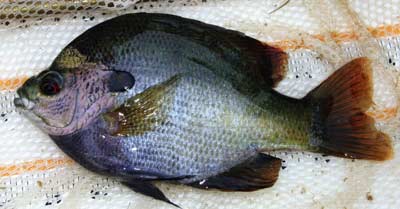
During that two-year consulting gig, I'd go and stay for a week, maybe two weeks, at a time. On one of those early trips, I was able to catch an earlier connecting flight and arrive well before schedule. I called ahead and one of the chefs answered the phone. After the pleasantries, he invited me to an in-house chef wine tasting with a local winery coming on site. They were appropriate dishes and the chefs and food service team's mission was to learn. Learn about the different wines, learn how to serve them, and how to make the guest experience more fruitful, so to speak.
The winery owner, an accomplished sommelier as well as talented and experienced winemaker, brought his selected wines and set up an educational booth for all to see. It was a great visual. He passed each of us a fold-out chart that described all the planning to pair five different wines with grapes—worldwide—and the regions where they best grow.
I was fascinated by all the aspects. The agriculture piece, the science behind winemaking, the different types of grapes, the climate influences...all of it.
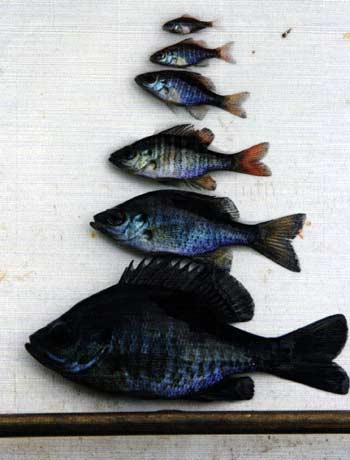
Part of the education was his explanation of learning about his vineyard, which he purchased on one of the nearby Finger Lakes. There are a series of natural lakes in that beautiful part of New York, carved as glaciers receded some 10,000-plus years ago. This lake, Cayuga, has deep water and influences a local climate that impacts grape production.
As his story unfolded, a part of it struck me hard. He told how his grapevines bloomed late, the grapes grew way too fast (in his opinion) and ripened way too early. In that first year, he wasn't totally confident things were working as they should. He called his mentor in Napa, California. She asked him a few questions. "Is the color right? What about the brix? Texture? Juice?" As he answered the questions, her answer hit me right in my fish brain.
"Here in Napa, we have 125 perfect grape growing days spread out over a 300-day season. There in upstate New York, you have 125 perfect grape growing days in a row. Pick your grapes and make your wine."
I raised my hand.
"What's a perfect grape growing day?"
He said, "When the temperature is between 55 and 83 degrees"
It hit me...those are perfect Largemouth bass growing days, too.
Later that evening, after the wine-tasting buzz dissolved into a reflection of that conversation, I had to go online and start researching weather patterns. I soon saw that most of the United States of America have the same number of perfect Largemouth bass growing days. New York has 125 perfect bass growing days in a row. South Texas has 125 perfect bass growing days spread out over an entire year. Much of the U.S. has 125 "perfect" bass growing days, some concise, some scattered, some bunched.
That changed the box for me.
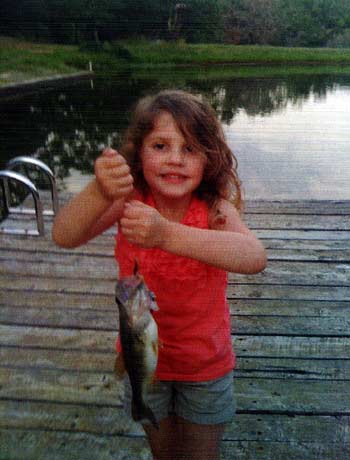
With that comparison, I soon saw that Texas has 250 perfect bluegill growing days over the course of a year. New York has 75-80—because bluegills don't spawn there until late June, due to temperature. New York, we had a food problem.
I already knew that fish grew in spurts. I just hadn't really thought too deeply about why. Even more importantly, different species have different windows for those spurts and if each complement another, those growth spurts can be significant.
Growth spurts are temperature driven.
In a perfect pond, this time of year, you've had excellent spawns, and significant survival of young of the year fish, especially baitfish. As the temperature begins to wane, as it inevitably does, your fish will go on a feeding frenzy to gain weight and prepare for winter. If they don't gain considerable weight and collect body fat for winter time energy, their odds of survival drop.
Growth spurts are about to occur.
Is your pond ready for that? Does it have enough food at the different levels? Food for small fish? Invertebrates for those little nuggets? A mature plankton bloom and plenty of intermediate-sized baitfish for your growing game fish?
If not, give some thought to ramping up your feeder, or stocking some forage fish to add to what your pond didn't do during its spring and summer cycles.
Some of the best growth rates of the year are about to happen, if your pond's table is set and the buffet is full.
Fish will grow rapidly, once their temperature window opens, if they have a suitable food chain.
Nature's way is to overlap some of its natural cycles in ways to benefit the ecosystem as a whole. Your job is to help facilitate those cycles and provide your pond with the environment to do what it does naturally. That's a big part of pond management.
Check your food chain right now. Sample, set some traps, observe feeding habits around your feeder. Buy a short seine and get the kids to help drag it around the shallows as your water cools—see what you've got on the menu.
If you identify some voids, budget some dollars to filling those shortcomings. Harvest overcrowded fish. Stock baitfish if needed. Adjust, based on the best data you can collect.
Do a few things to figure out the status of your fishery and then make healthy decisions to give your fish the best opportunity for their upcoming growth spurts.
Reprinted with permission from Pond Boss Magazine


